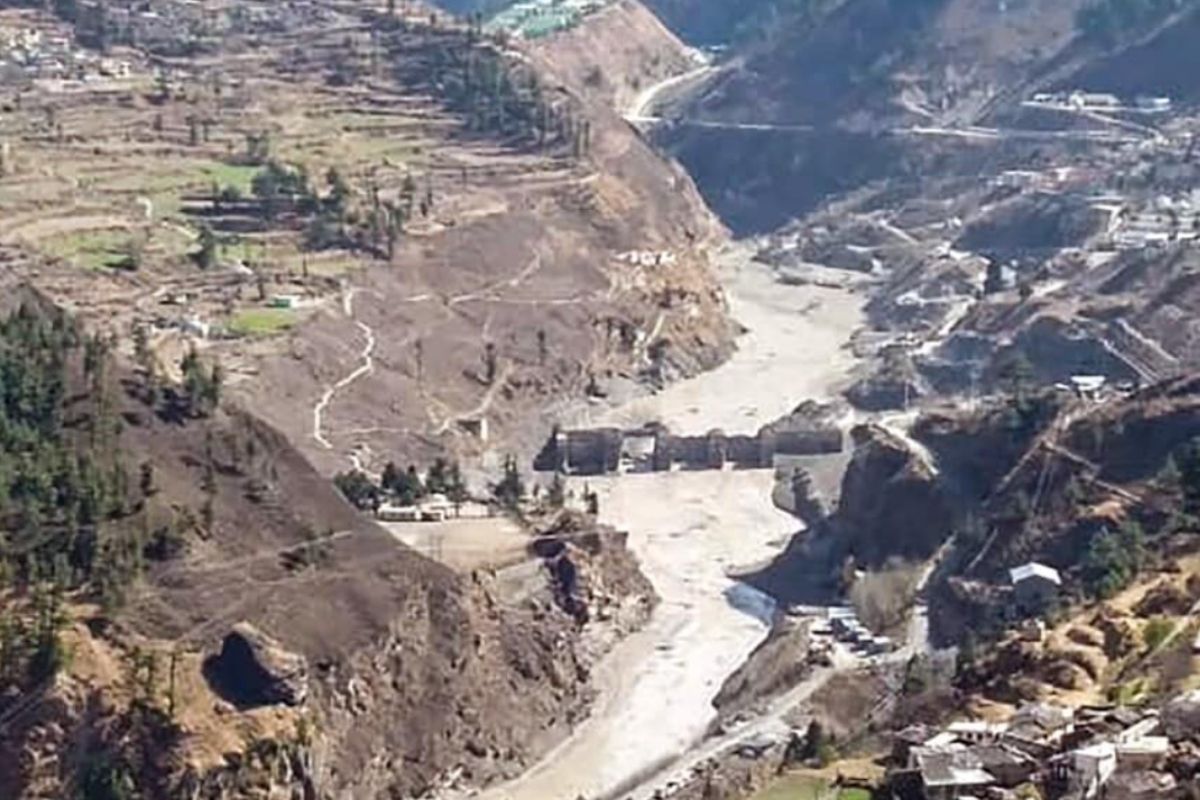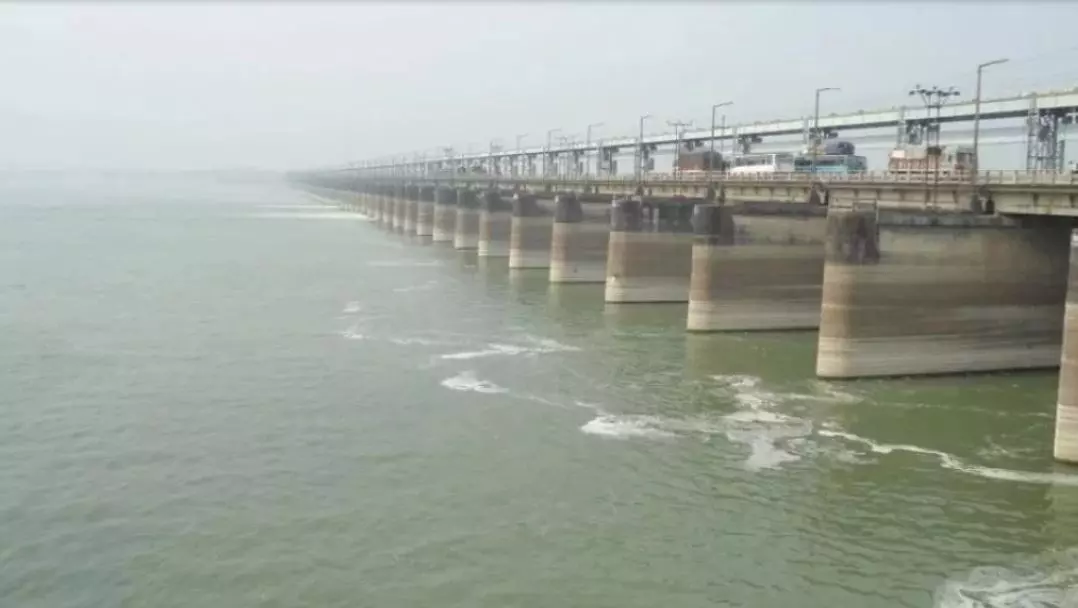Chamoli flash flood: A wake-up call
The HinduOn February 7, around 10 a.m., a landslide, the trigger of which was unknown, crashed into a lake formed in the past in the Nanda Devi Sanctuary in Uttarakhand, resulting in a flash flood bearing mud and other debris that hurtled down the steep slopes and claimed at least 56 lives and two hydroelectric power projects. This wedge of approximately size of 100x30x80 m slid down from approximately 2,000 m with further failing en route mass containing nearly 300,000 cubic m of material and bursting the supposedly previously formed lake in the past and triggering the flash flood.” Formation of new lake The survey also reported that in the downstream part, a “large lake had been created in the right rivulet of the Nanda Ghongati nalla due to the blockage of the mouth of the rivulet by approximately 60 m high debris, requiring immediate attention”. If Naresh Rana can go without any support, it is not impossible.” Strain on higher Himalayas Several geologists are of the opinion that the Himalayan region is under tremendous strain because of climate change and there should not be any intervention in the higher Himalayan region, which witnessed a lot of glacial advancement in the past and has left behind a lot of sediment up to heights of 2,500 m. Dr Juyal said: “In our language we say it is not only sediment limited but transport limited. In a paper titled “Glacier changes and associated climate drivers for the last three decades, Nanda Devi Region, Central Himalaya,” jointly authored by six scientists including Dr Dobhal and Manish Mehta of the WIHG, eight glaciers were studied to measure their temporal and spatial variability towards climate change. The Nanda Devi group of glaciers fall within the upper Rishi Ganga catchment that is dominated by “Higher Himalayan rugged topography with high elevation ridges adjacent to deep glacial valleys”.
History of this topic
)
Huge Rock Mass Broke from Left Valley of Raunthi Gad, Leading to Flood in U'Khand in Feb: GSI
News 18
Chamoli floods: Rise in overall temp in 40 years could have led to rock collapse
Hindustan Times
Uttarakhand flash floods: Rescuers boring wider hole in Tapovan tunnel to reach 30 trapped inside
India Today
'No new lake, it's part of bigger one that caused Chamoli disaster': Experts
Hindustan TimesUttarakhand flood disaster | Relief operation continues in Chamoli
The Hindu)
Uttarakhand Flood: Lake Formed Due to Blocking of Stream Joining Rishi Ganga, Says Report
News 18Scientist warns of water build-up near Uttarakhand disaster zone
The Hindu
Chamoli flood: 13 Uttarakhand villages cut off as lone bridge near Rishi Ganga project washes away
Hindustan Times
Uttarakhand disaster LIVE: Death toll 32; search, rescue operation underway
Business Standard
Uttarakhand CM to seek Isro help to understand what caused Chamoli tragedy
Hindustan Times
Mapping the Chamoli tragedy: How glacial breach in Uttarakhand triggered floods
Hindustan Times
IAF shares recce initial report from site of Uttarakhand flash flood after glacier burst
India TV News
Experts can tell reason behind glacier outburst, saving lives current focus: Uttarakhand CM Rawat
India TV News)
Rishiganga Hydro Project Washed Away by Glacier Burst in Uttarakhand but No Danger of Downstream Flooding: NCMC
News 18
Flow from Uttarakhand's Tehri dam stopped in view of flood situation
Hindustan Times
Glacial burst in Uttarakhand's Chamoli leads to flash flood, alert sounded till Haridwar
Hindustan TimesDiscover Related











Assam floods: 10 rivers in spate, over 24 lakh affected, two more dead in landslide
New Indian Express

































